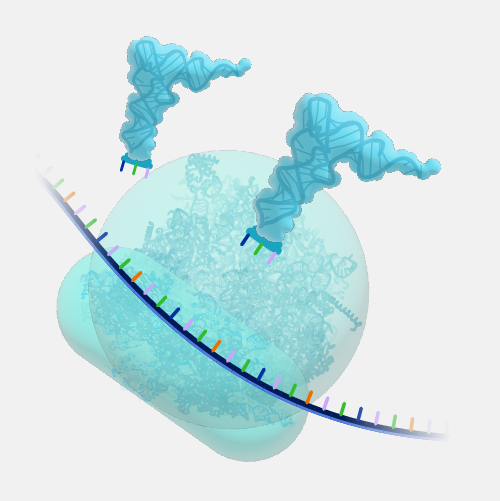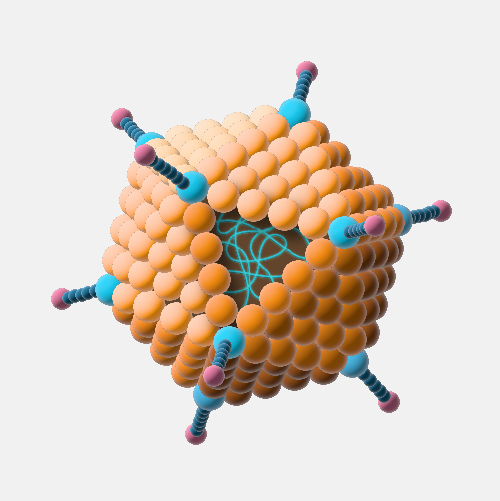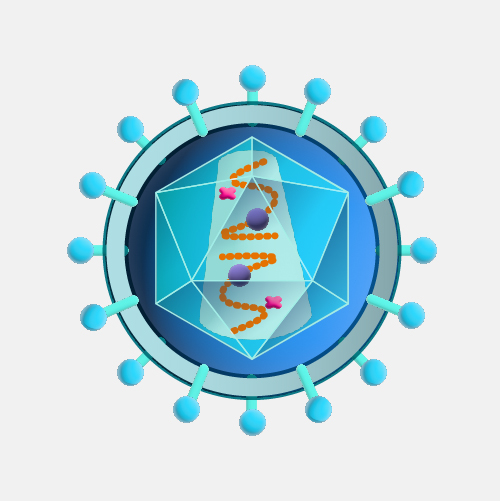Acquired Immunodeficiency Syndrome (AIDS)
Definition
AIDS is a collection of symptoms known as acquired immunodeficiency syndrome. It is caused by infection with the human immunodeficiency virus (HIV), which leads to loss of immune cells and leaves individuals susceptible to other infections and the development of certain types of cancers. There is no cure for AIDS, though drugs can slow down and stabilize the disease's progress.
Narration
AIDS stands for acquired immunodeficiency syndrome, and it began to be noticed as a problem in the United States in the '80s. AIDS is caused by a virus called human immunodeficiency virus, which was isolated and purified in the mid-'80s, and by the late '80s a test had been developed to see if people actually had this virus in their system. The HIV virus interacts with a certain kind of white blood cell called a T cell, and it binds to a certain molecule on the surface of these T cells. And that's how it gains entry into the cells. So you can think of HIV as a blood-borne pathogen or kind of a virus. Now, what happens when the HIV virus gets into the cell: HIV is a retrovirus, so that means that it has an RNA genome that's converted to DNA. And the DNA integrates into the cell, and then it begins to make RNA, copies of itself, which then are turned into protein in the cytoplasm. And other RNAs are packaged into other viruses that leave those T cells and look for other T cells. And in the process of expanding the HIV virus in these T cells, the T cells become dysfunctional as more and more and more pick up the virus through their receptors. And the patient begins to lose function, and that's why they're acquiring an immunodeficiency syndrome. And at the present time, there really is no way to take someone who has the HIV virus and get rid of it in their system. But there are drugs that inhibit different parts of the HIV lifestyle. And it was in the early 1990s that a graduate student in Boston had been experimenting with these three drugs separately in showing which parts of the lifestyle they inhibit, or the life cycle rather of the HIV virus they inhibited, and then had the bright idea that if one works pretty well and two works pretty well and three works pretty well by themselves, maybe all three together would work very well. And that was done in clinical trials. And that is the current state-of-the-art therapy for AIDS; it's called triple-drug therapy. And this really slows down the spread of the HIV virus and allows patients who take these drugs to have a relatively normal life. Now, there are few side effects with the liver and things, but I think these drugs will do until we come up with a better way to get rid of the HIV virus.



